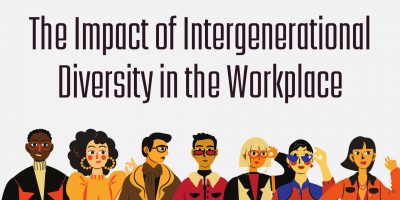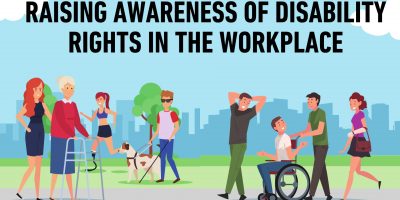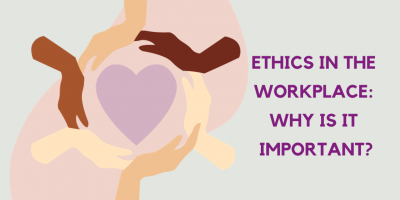
The Impact of Intergenerational Diversity in the Workplace
What happens when four different generations collide in the workplace, and what does it mean to have a multigenerational labor force?

The question of gender equality has been at the forefront for the past couple of decades; nevertheless, women in the workplace still face a unique set of challenges and difficulties in the office.
Hence, we collected the most impactful women in the workplace statistics to show you the landscape as it stands in 2025:

Browse our curated list of vendors to find the best solution for your needs.
Subscribe to our newsletter for the latest trends, expert tips, and workplace insights!

What happens when four different generations collide in the workplace, and what does it mean to have a multigenerational labor force?

Transform your workplace with actionable strategies to foster inclusivity, accommodations, and advocacy for employees with disabilities.

Can leaders truly build resilient and trustworthy businesses by integrating ethical considerations into the fabric of their organization?

What does “doing the right thing” mean in the business context? How can businesses commit to doing the right thing across all their operations and drive sustainable growth?
Used by most of the top employee benefits consultants in the US, Shortlister is where you can find, research and select HR and benefits vendors for your clients.
Shortlister helps you reach your ideal prospects. Claim your free account to control your message and receive employer, consultant and health plan leads.